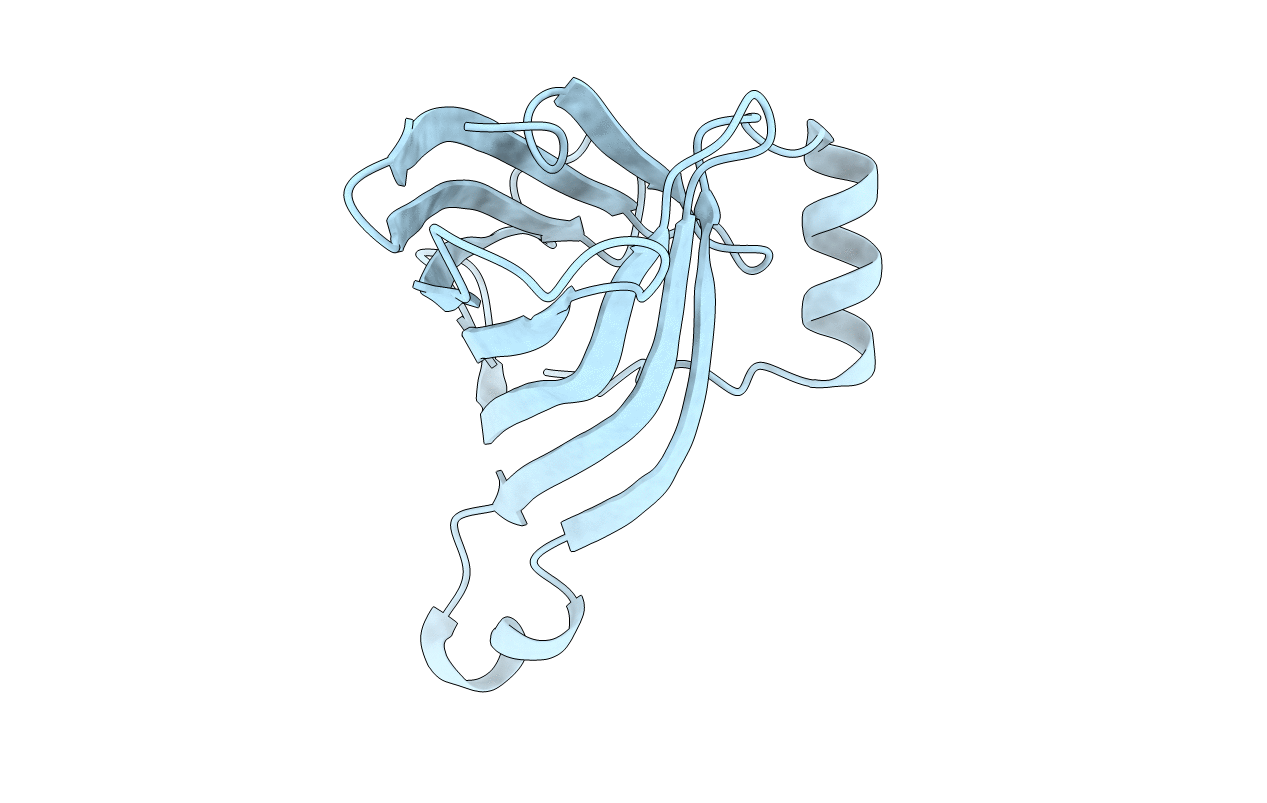
Deposition Date
2020-08-08
Release Date
2021-07-14
Last Version Date
2023-11-29
Entry Detail
PDB ID:
7CQ0
Keywords:
Title:
Crystal structure of Streptoavidin-C1 from Streptomyces cinamonensis
Biological Source:
Source Organism:
Streptomyces sp. H036 (Taxon ID: 1519487)
Host Organism:
Method Details:
Experimental Method:
Resolution:
2.03 Å
R-Value Free:
0.22
R-Value Work:
0.20
R-Value Observed:
0.20
Space Group:
P 42 21 2


